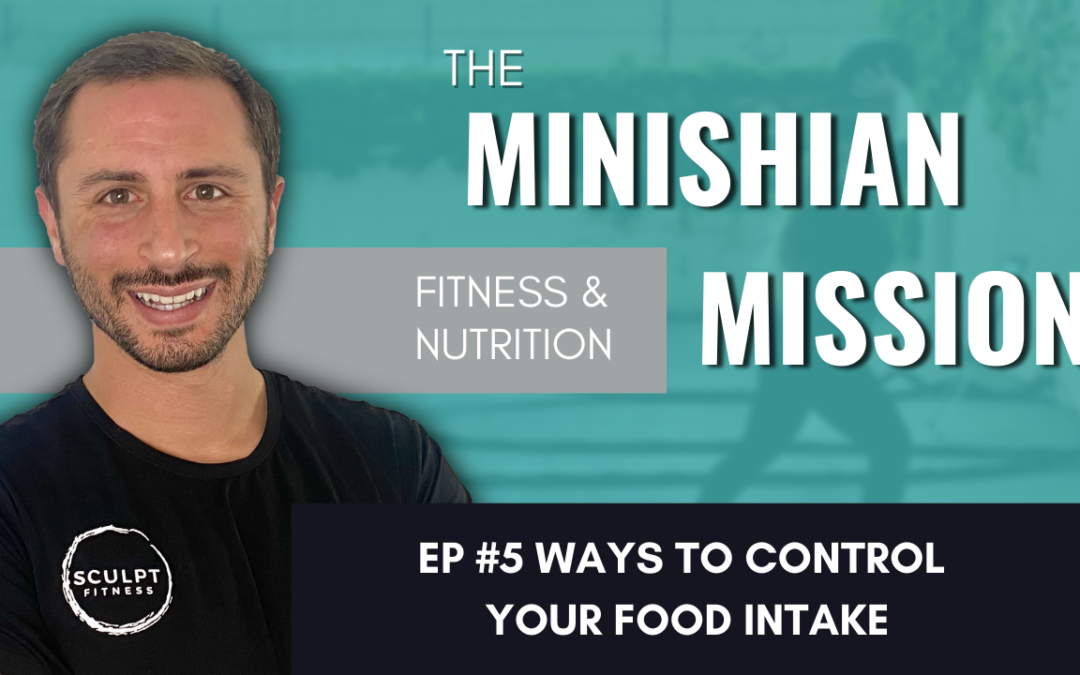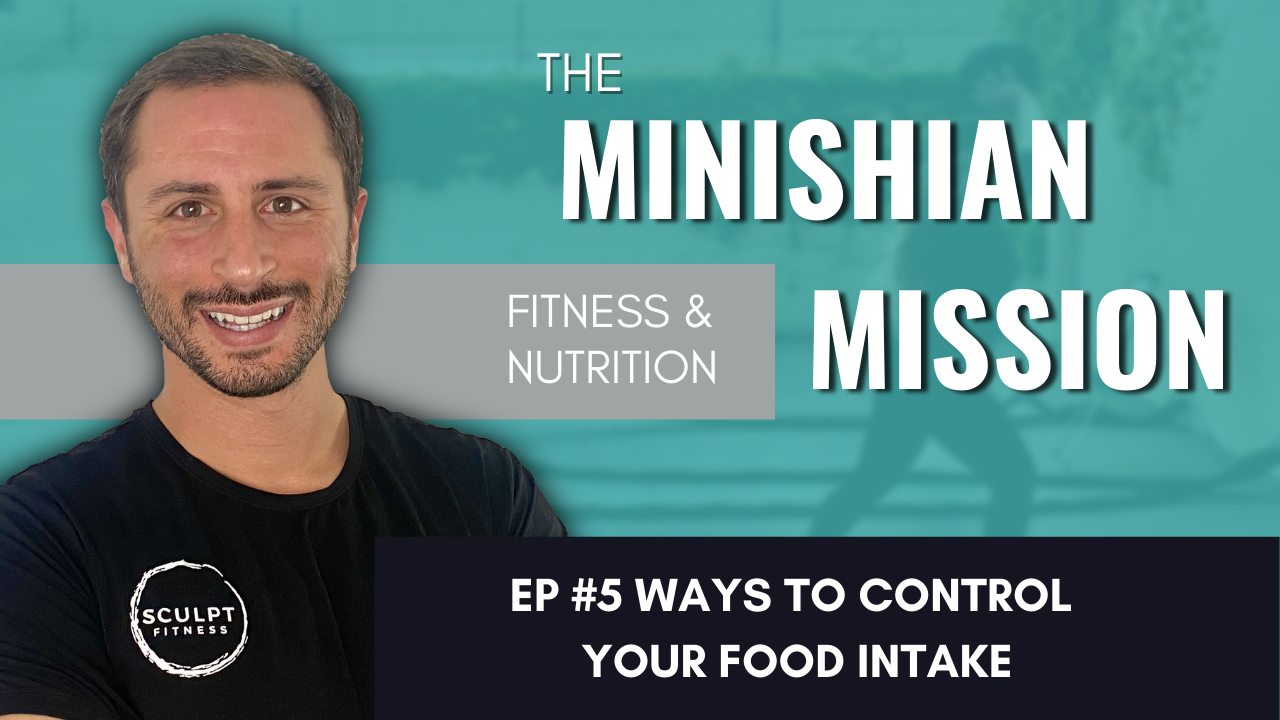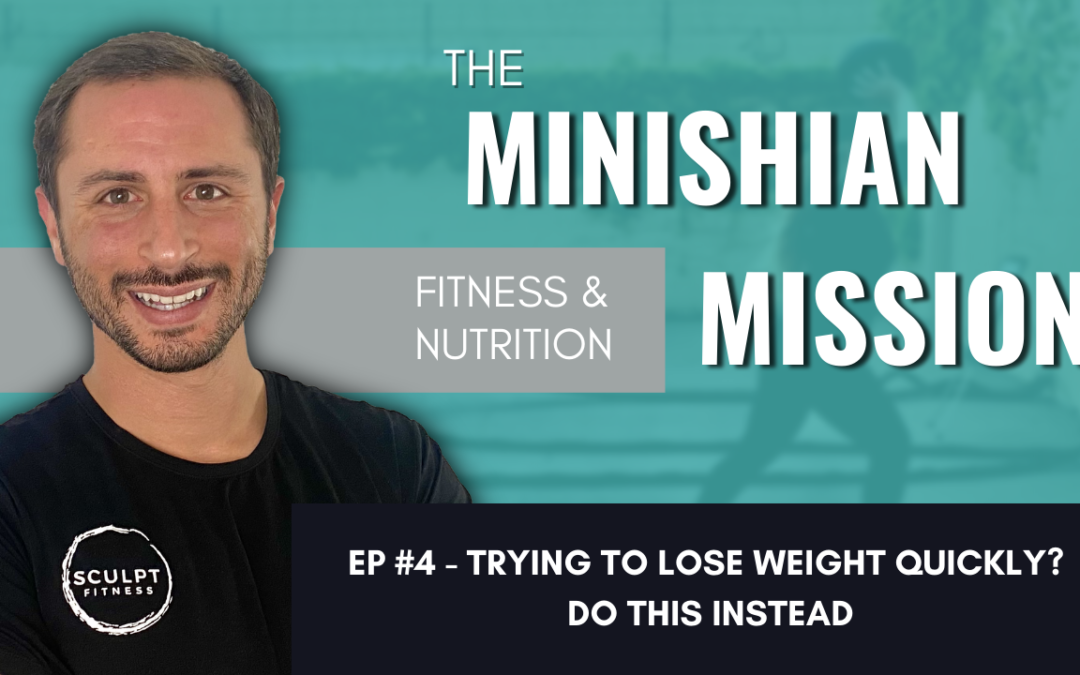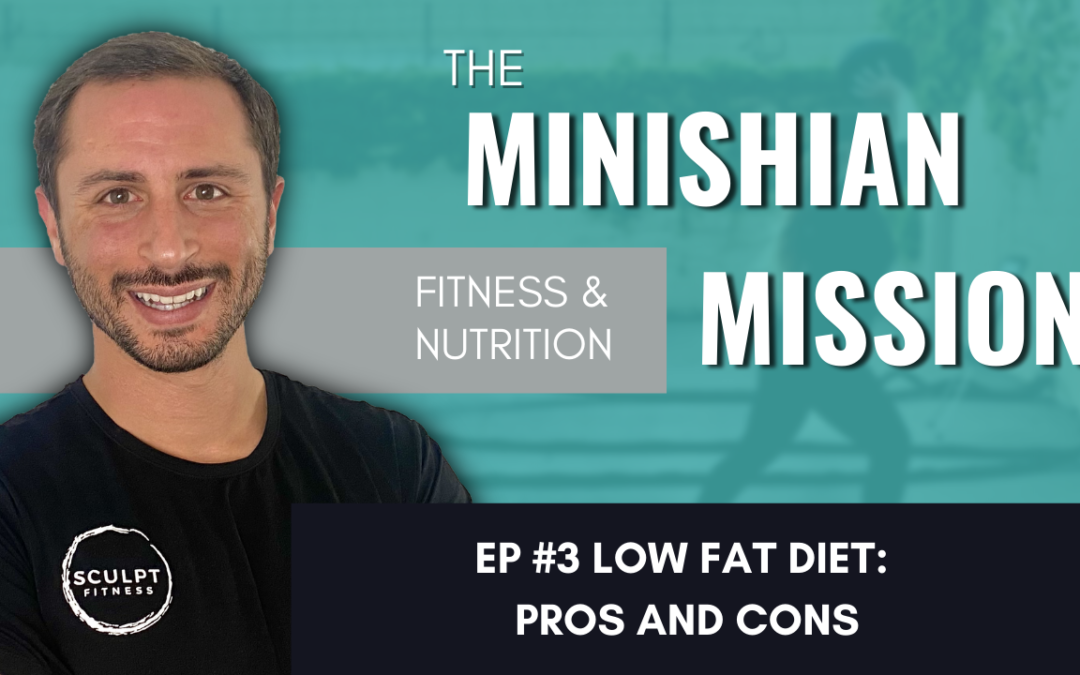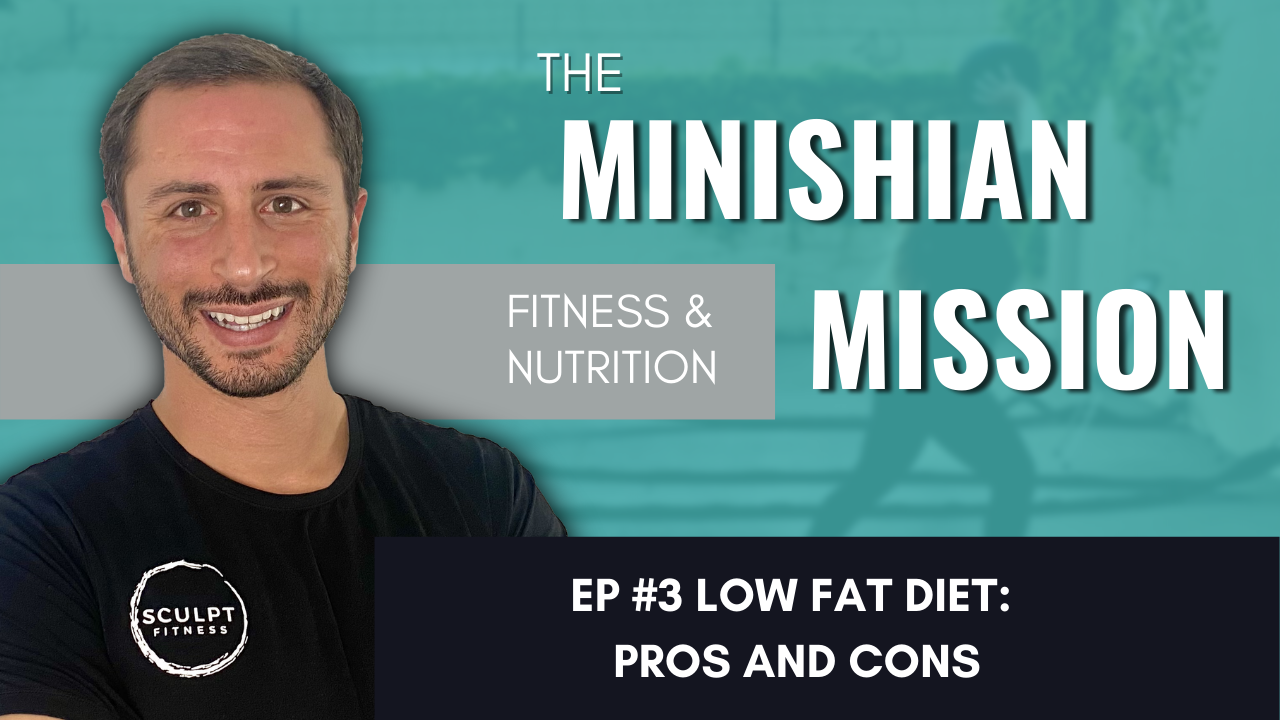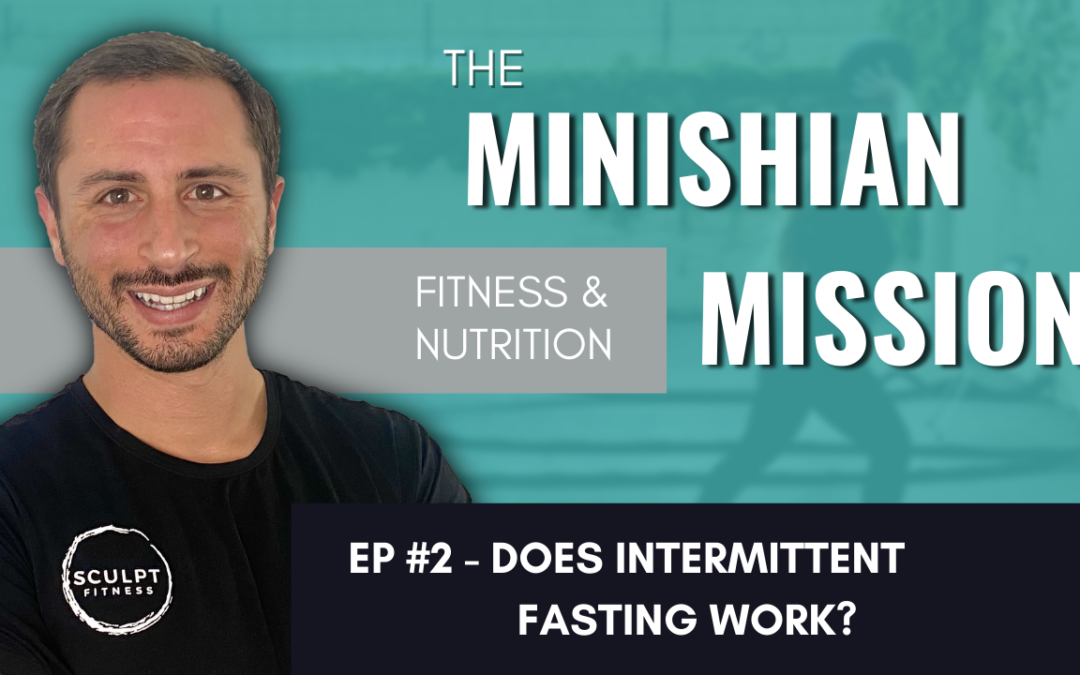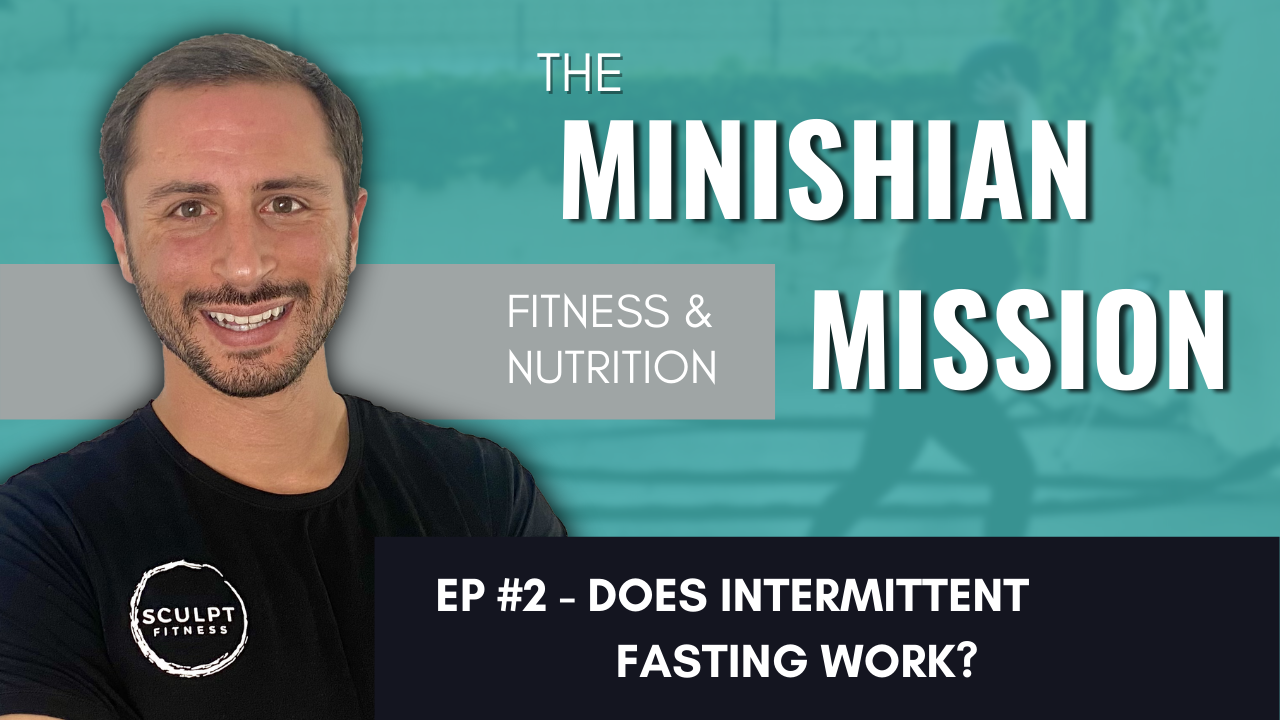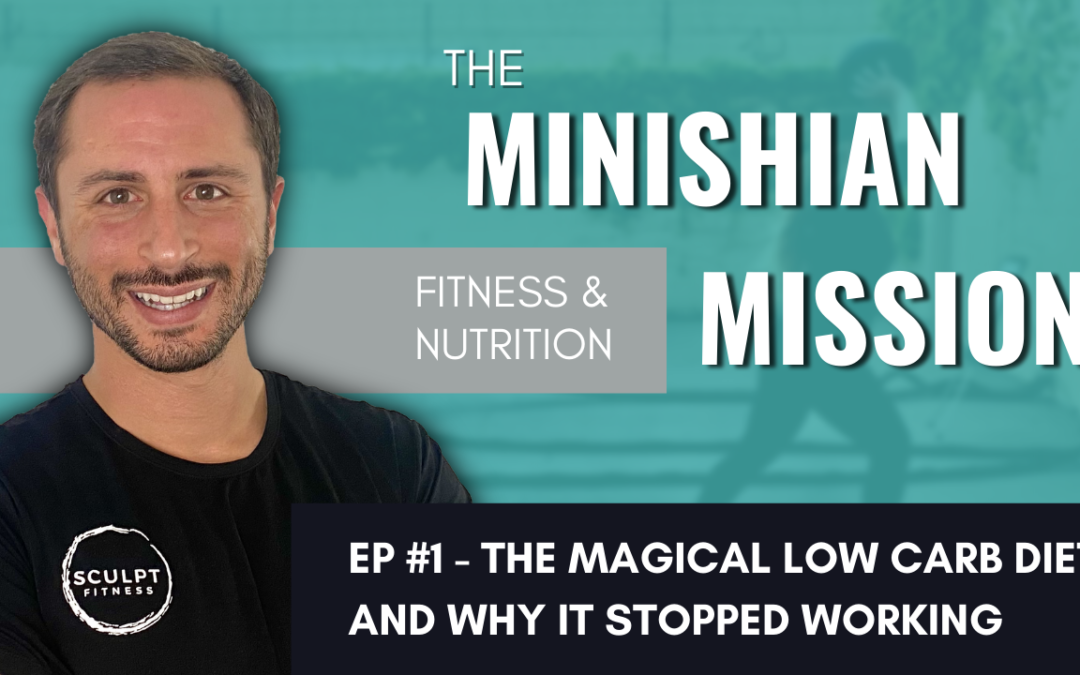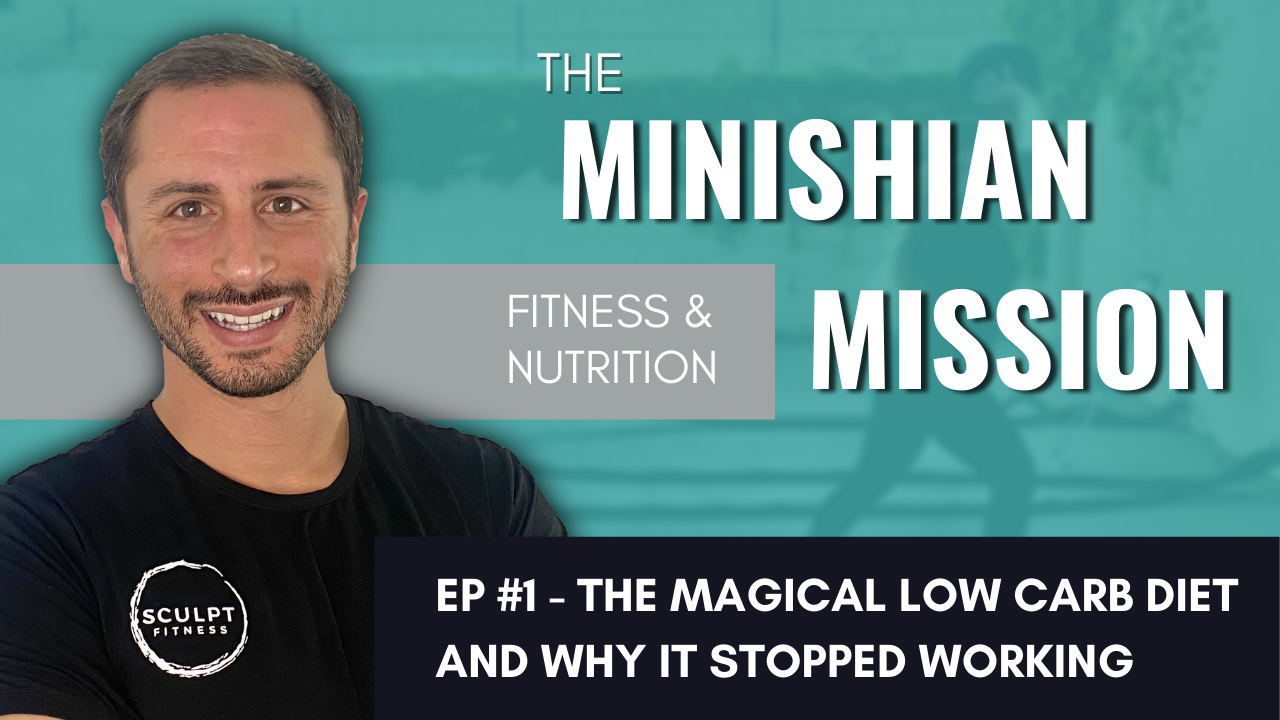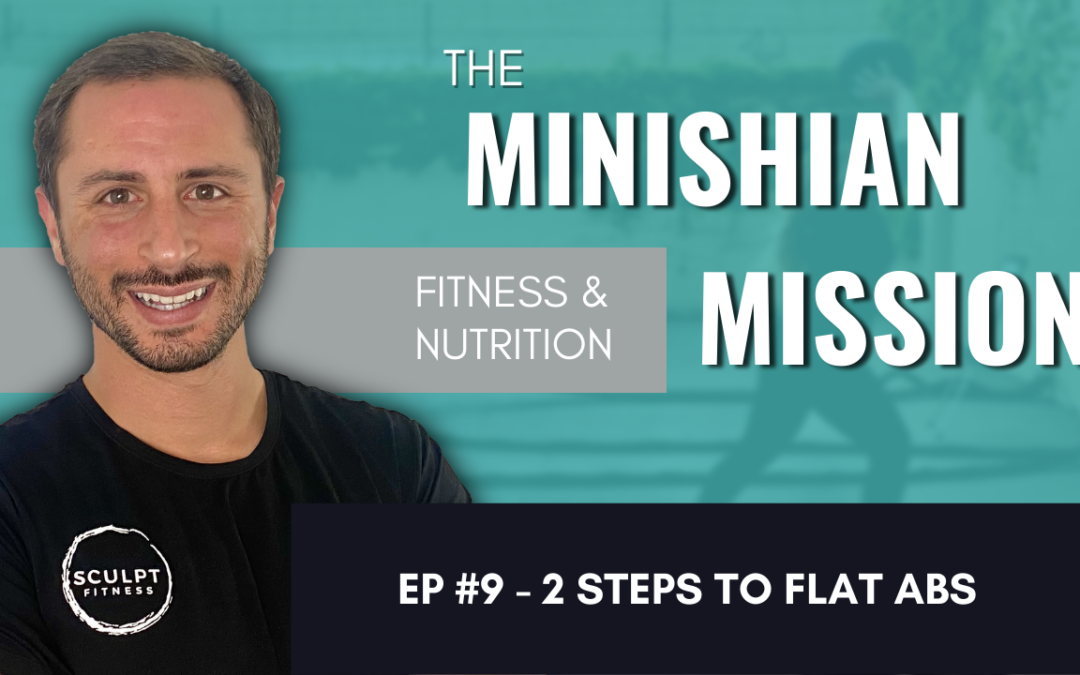
2 Steps to Flat Abs
The road to flat abs is not dependant on ab exercises.
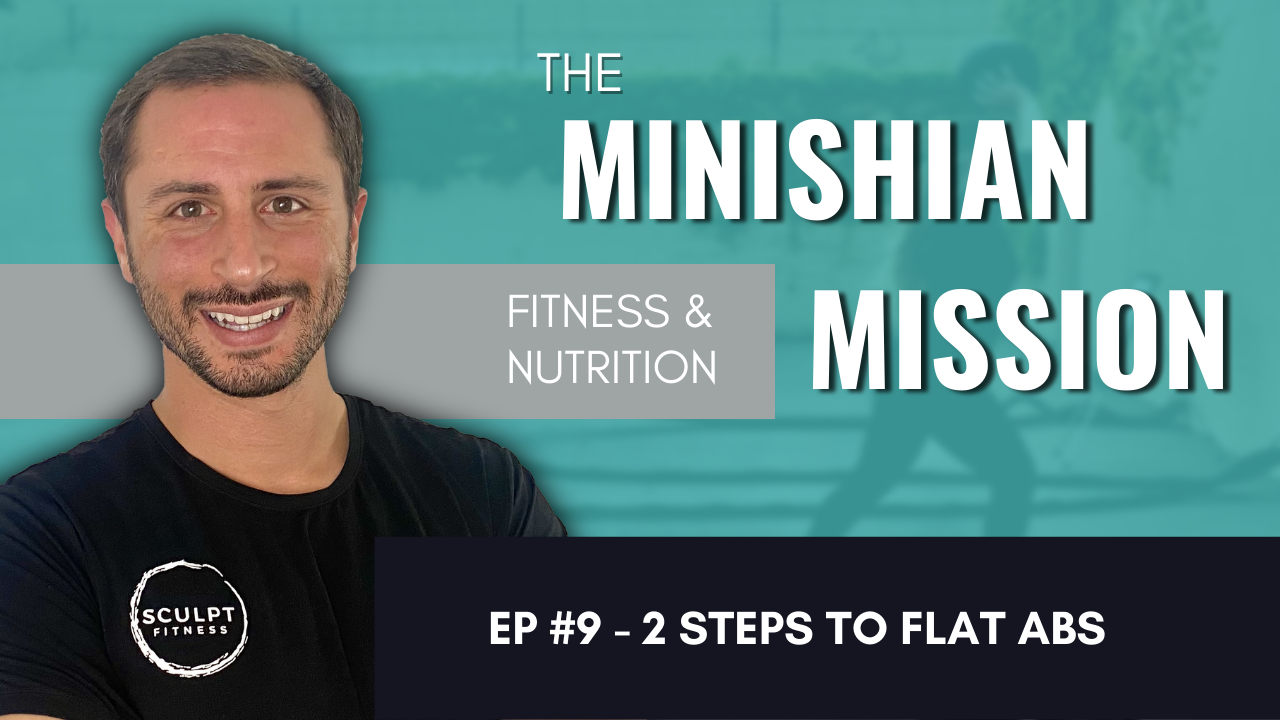
Episode #9: 2 Steps to Flat Abs
Although planking and hundreds of sit-ups will absolutely build some strength in your core, the path to flat abs is a bit more complicated than that. We’ll be going over the different aspects you need to focus on in your routine, both in the kitchen and the gym, to make your efforts more worth while.
“You don’t need to focus on ab exercises. In fact, by doing so you might actually be hindering your overall progress for your ulimate goal.” — David Minishian
Nutrition
The most essential part to focus on for reducing belly fat is nutrition. There are multiple strategies you can use to ensure your food intake puts you at a caloric deficit but being in a daily or weekly deficit is the goal. However, don’t go overboard and starve yourself. If your try to be too far into a deficit, your hormones will likely “take over” causing you to want to eat everything in sight, especially towards the end of the day. The goal should be to have sizable meals that are rich in both protein and fiber, helping you feel more satiated on less calories.
Portion Control
Proper portion control will reveal the flat abs you’ve been building in your workout routine. If your portions are too large, you will achieve a body composition change and reduce your body-fat but you won’t lose enough fat to see your abdominal muscles. Eating healthy foods like fruits, vegetables, whole grains, and legumes is fantastic, but you’ll be spinning your wheels until your meals are properly portioned to your needs.
Exercise
Unveiling your abs happens in the kitchen but building them happens in the gym by focusing on push and pull movements. While it is tempting to spend a significant about of time doing core work, don’t do it. You’ll only slow down your results, especially if you have a limited amount of time to workout. The force exerted on your abs from push and pull movements will cause you to contract your core to maintain strong postural integrity. As you continue to increase the weights lifted during these compound movements, your core muscles will continue to develop and strengthen to withstand the load. While core specific exercises have their place, they should be geared towards strengthening your core to build up to compound movements or used therapeutically to repair a weakened core.
Ready to create a sustainable lifestyle and
build the body you want?
Watch

David Minishian, MPH
Fitness and Nutrition Coach
David is the owner and coach at Sculpt Fitness in Long Beach, CA. The mission he has started at Sculpt is to educate, equip, and empower the local community to make the best decisions for their health. He has been coaching exercise and nutrition for over 10 years, helping clients create sustainable lifestyle to build the body they want. When he's not training, coaching or cooking, David is on an adventure with his wife and daughter or teeing up his next shot on a golf course.
